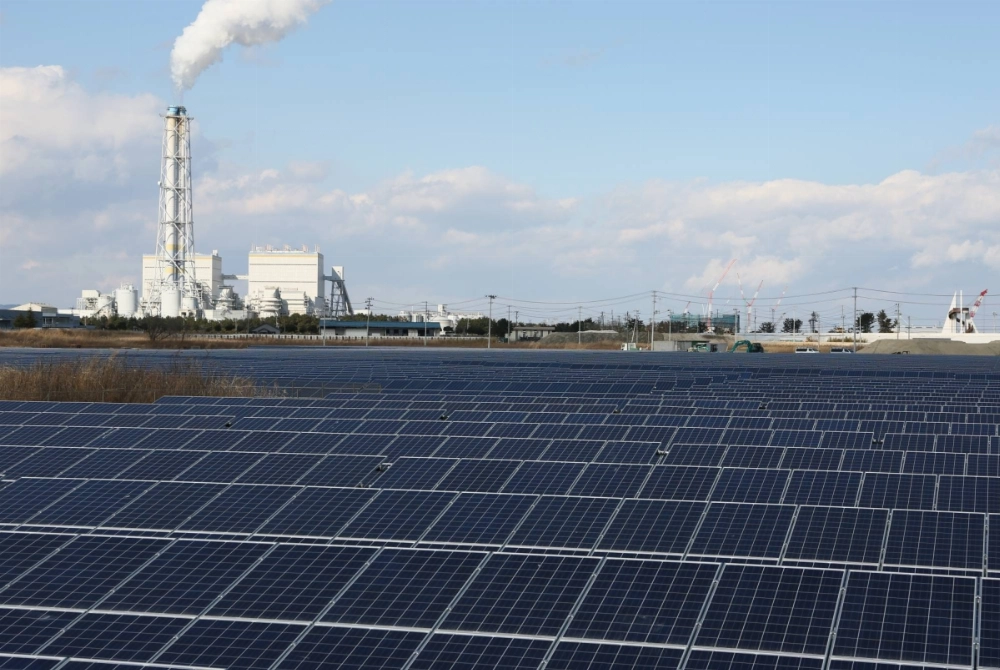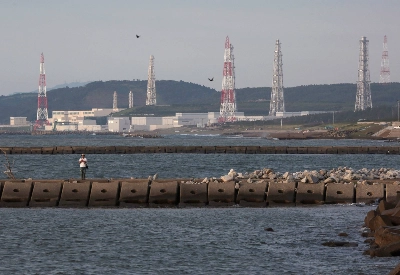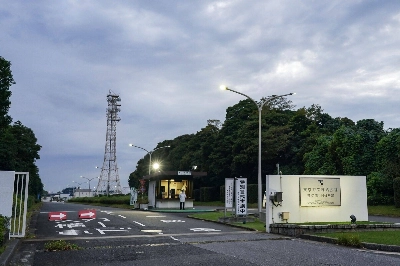Last year was not a bad one for me. My team at Climate Integrate, a climate policy think tank, expanded. A week spent practicing mindfulness meditation in Bali, Indonesia, enhanced my well-being. Most importantly, being named one of philanthropic organization Climate Breakthrough’s awardees has created an extraordinary opportunity to tackle innovative climate solutions over the next three years.
However, 2024 ended with deep disappointment. On Dec. 26, the Japanese government approved a draft that set weak targets for reducing greenhouse gas emissions — a 60% cut by 2035 from 2013 levels — and showed its determination to continue using fossil fuels and nuclear power in the 7th Strategic Energy Plan.
This policy direction does not align with the urgent need to prevent severe climate change and falls short of the responsibilities of an advanced country like Japan.





















With your current subscription plan you can comment on stories. However, before writing your first comment, please create a display name in the Profile section of your subscriber account page.